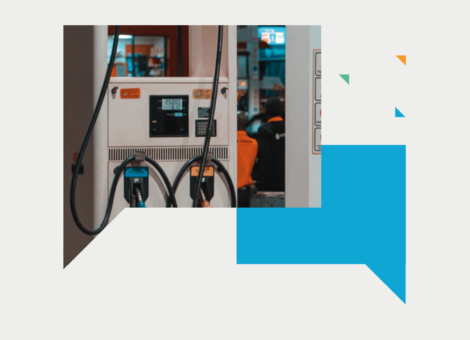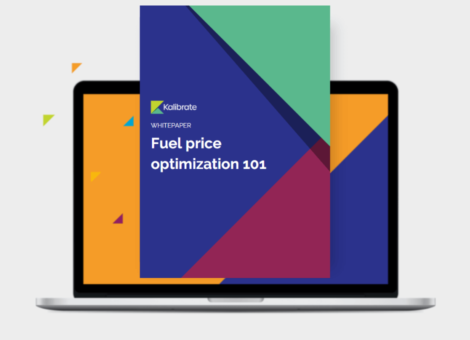Climbing the fuel pricing maturity curve: A guide to improving your fuel pricing strategy

Navigating the fuel pricing maturity curve is a journey of continuous improvement. Each stage builds on the previous one, enhancing the robustness, efficiency, and strategic impact of your fuel pricing operations.
By following this roadmap, fuel pricing teams can make confident decisions quickly, reduce risks, and ultimately drive better outcomes for their business.
Whether you are just starting or are already at an advanced stage, there is always room for improvement and optimization.
Explore the stages of the maturity curve:
- Initial stage: Laying the foundation
At the Initial stage, fuel pricing is often viewed as a routine task rather than a strategic initiative. Prices are typically generated manually using spreadsheets, with cost and competitor data inconsistently applied. Errors and inaccuracies in data are common, and performance is evaluated by comparing current volume and margin achievements to the previous year.
- Defined stage: Strategic initiation
Fuel retailers in the Defined stage recognize pricing as a strategic initiative but still rely heavily on manual processes. Advanced spreadsheet formulas are used, but data inconsistencies persist, and spot checks are not always regular. Prices are typically sent to POS systems automatically, and performance is reviewed monthly or quarterly.
- Repeatable stage: Establishing consistency
In the Repeatable stage, fuel retailers have established clear strategies and tools for consistent pricing implementation. Prices are generated using well-defined rules with few exceptions, and data quality is good with regular spot checks. Performance is tracked and analyzed monthly, and pricing discussions include other senior team members.
- Managed stage: Leveraging advanced tools
At the Managed stage, fuel retailers apply advanced pricing strategies, often utilizing AI. Multiple data sources are integrated, and prices are automatically sent to POS systems. Performance is measured using a comprehensive set of KPIs, and insights are shared across departments to refine pricing strategies.
- Optimized stage: Achieving excellence
Fuel retailers in the Optimized stage use sophisticated AI to generate prices aligned with well-defined constraints. Data is automatically fed into the system daily, ensuring high quality and consistency. Over 80% of prices are accepted without manual review, and a broad set of KPIs is tracked weekly to drive continuous improvement.
Download the Fuel Pricing Maturity Curve eBook to find out where you currently sit on the maturity curve and get tailored next steps to help improve your fuel pricing processes.
Read more articles about:
Fuel pricingSubscribe and get the latest updates
You may unsubscribe from our mailing list at any time. To understand how and why we process your data, please see our Privacy & Cookies Policy
Related posts
Fuel pricing
Fuel Pricing strategies - one size doesn't fit all
In today’s fuel industry, a number of retailers work hard to define their market position, establish their most...

Fuel pricing
Fuel price optimization 101
This whitepaper explains all the basic principles and concepts of AI and data science and it's application in fuel...


